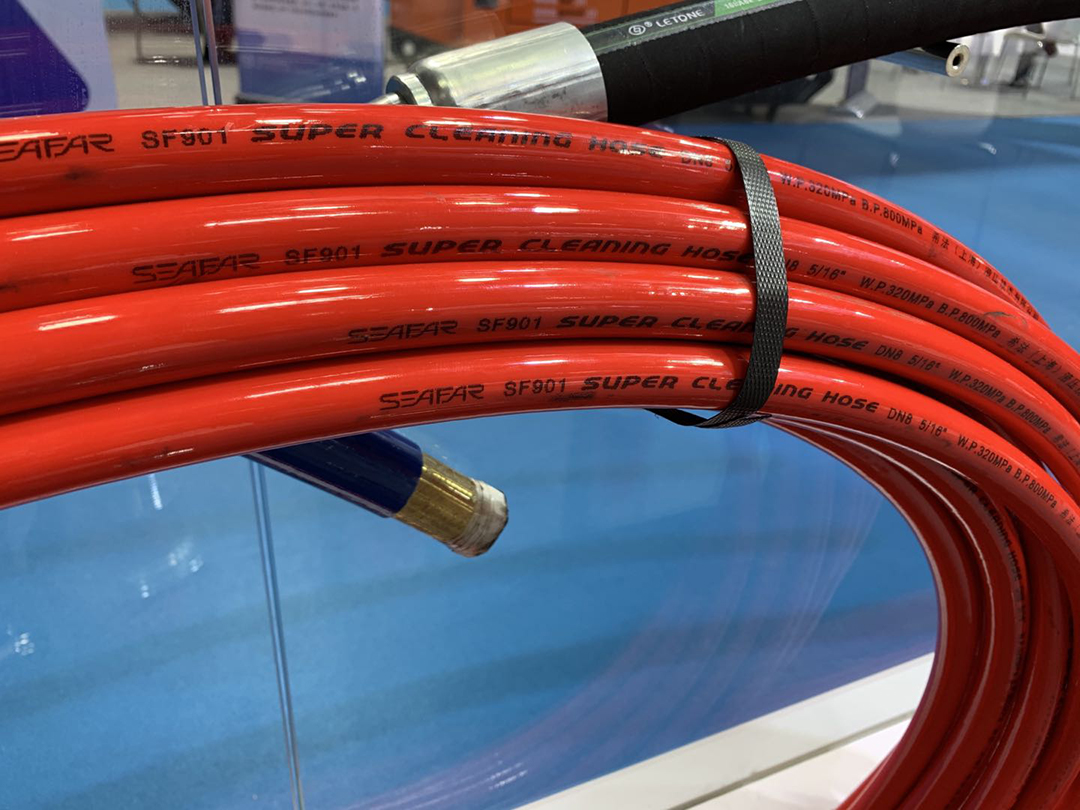What Is the Rubber Compound Price?
2023-02-23 09:24:17
Various chemicals are added to the raw rubber during compounding to achieve the desired physical and chemical properties. These additives are added in different stages of the process. Some of the chemicals involved include colorants, anti-degradants, crosslinking agents, and reinforcements. The additives can be applied at the manufacturing stage, during vulcanization, or after vulcanization.
To control the viscosity of natural rubber, several lots are often mixed together. For better physical properties, the compounds are supplemented with a reinforcing filler. To provide a long-lasting tack, a tackifier can be added. Some rubbers are more resistant to abrasion than others. Some rubbers are more resistant to heat than others, while others are more resistant to oil.
The compounds are either made into a liquid or a powder. To facilitate dispersion mixing, reduce mixing time and save costs, the powders are encapsulated in polymers. The powders look like finely ground rubber.
These powders can also be used to reduce the need for mill pan sweeps. This is especially important if the material is going to be used in high-heat applications. A typical formulation may contain between 10 and 20 additional ingredients. Some additives can improve the flow of rubber during processing while others can prevent stickiness. Some additives can even prevent long-term deterioration.
Rubber compounds can be used in many applications, including automotive and manufacturing seats. The material is used extensively in the manufacture of tires. It has excellent tear strength and abrasion resistance. The material is also resistant to ozone.
In the next few years, the market for rubber compounds will experience significant growth. This is due to an increase in demand for rubber products within the automotive industry. Moreover, the introduction of electric vehicles will boost the growth of the industry. The North American market is expected to grow at a fastest rate.
In the Middle East & Africa, the growth of the market is anticipated to be significant. This is due to the increasing demand for cables, electrical wires, tires, and other materials. Similarly, the demand for rubber materials in the construction industry is projected to increase in the region. The rising demand for rubber products within the automotive industry is also driving the market growth in Asia Pacific.
The key players operating in the global rubber compound market include Omega Rubber Industries, PJSC KAUCHUK, M.Barnwell Services Limited, PARAA RUBBER, NOCIL LIMITED, Hexpol Compounding HQ sa, RUBBERATKINS, and Wacker Chemie AG. These companies offer services for the production and development of compound.
The market has been divided into regions, types, and end-users. Detailed information on the competition landscape is provided in the report. The report includes SWOT analysis, market trends, product scope, sales volume, CAGR, and company profiles. It also offers a quantitative analysis of the key countries.